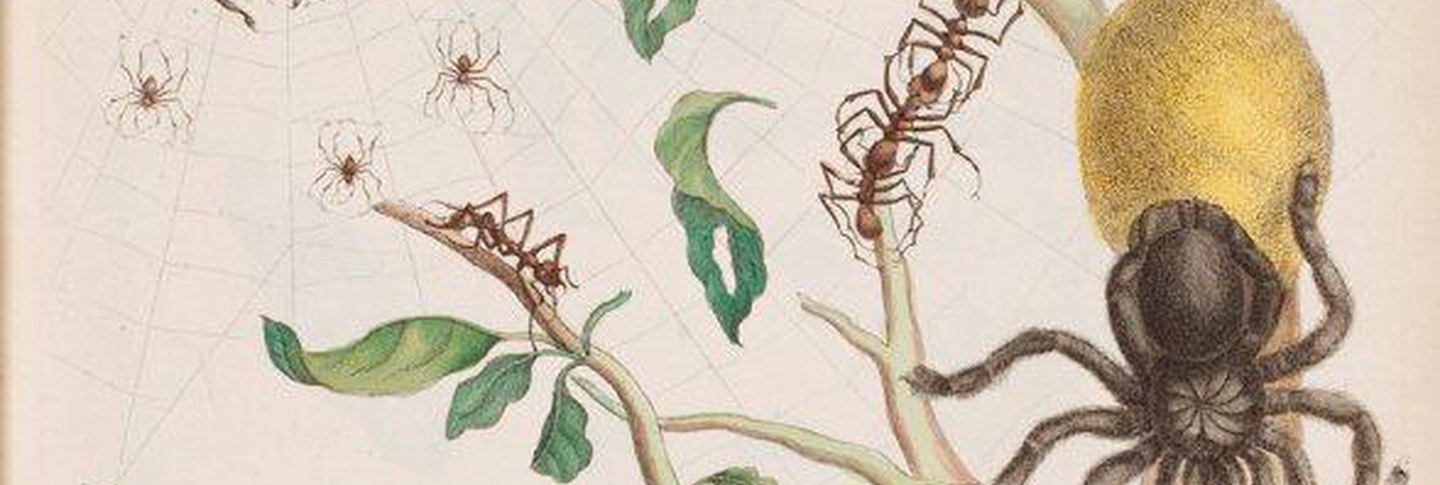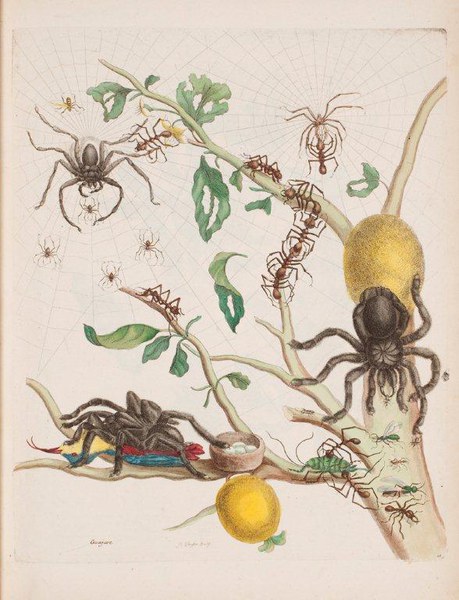The Botany of Empire in the Long Eighteenth Century Symposium
October 4-5, 2013
This two-day symposium brought together an international body of scholars working on eighteenth century botany against the background of imperial expansion. Perspectives from eighteenth-century history, art history, the history of science, and the history of the book converged in an interdisciplinary conversation that broadened the European and Atlantic map to include developments in South Africa, China, Japan, and the Middle East.
The eighteenth century saw widespread exploration, a tremendous increase in the traffic in botanical specimens, and the significant taxonomic innovations of Linnaeus. Papers explored the global trajectories of tea, ginseng, and opium; and followed the careers of different botanical explorers who sometimes incarnated and sometimes challenged the notion of the eighteenth-century naturalist as an agent of empire. State-run botanical investigations embarking from European ports were contrasted with the multiethnic and multilingual contexts of botany in the Ottoman and Qing empires. Case studies included a Mongolian text of materia medica; an illustration of native plants in William Bartram’s garden against the background of post-revolutionary Philadelphia; and a map of the Cape locating new plant and animal discoveries in their specific ecosystems. The main themes of discussion centered on the role of formal and informal networks in plant discovery and transfer; the impact of large-scale economic botany; and the visual strategies that underpinned the scientific truth claims of botanical illustration.
The symposium was an innovative collaboration of several Dumbarton Oaks departments, including the Library and Rare Book Collection, the Garden and Landscape Studies Program, the Dumbarton Oaks Gardens, the Publications department, and the Director’s Office.

